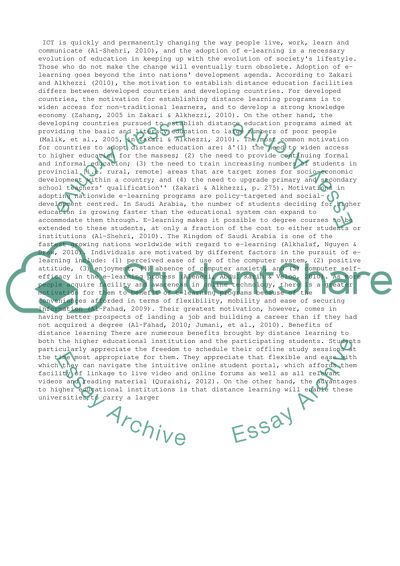Cite this document
(“Systems Thinking Approach: Exploration of the Challenges to Successful Dissertation”, n.d.)
Systems Thinking Approach: Exploration of the Challenges to Successful Dissertation. Retrieved from https://studentshare.org/management/1479472-systems-thinking-approach-exploration-of-the
Systems Thinking Approach: Exploration of the Challenges to Successful Dissertation. Retrieved from https://studentshare.org/management/1479472-systems-thinking-approach-exploration-of-the
(Systems Thinking Approach: Exploration of the Challenges to Successful Dissertation)
Systems Thinking Approach: Exploration of the Challenges to Successful Dissertation. https://studentshare.org/management/1479472-systems-thinking-approach-exploration-of-the.
Systems Thinking Approach: Exploration of the Challenges to Successful Dissertation. https://studentshare.org/management/1479472-systems-thinking-approach-exploration-of-the.
“Systems Thinking Approach: Exploration of the Challenges to Successful Dissertation”, n.d. https://studentshare.org/management/1479472-systems-thinking-approach-exploration-of-the.


